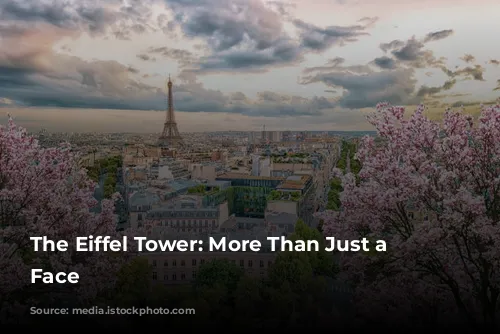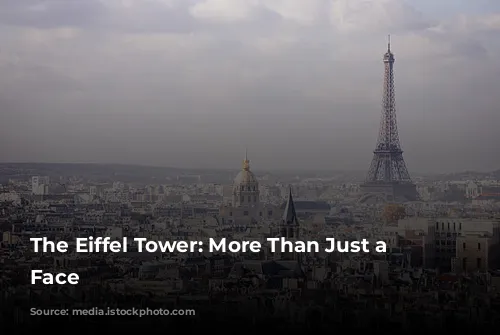The Eiffel Tower in Paris, France, is a global icon, recognizable to almost everyone. Completed in March 1889, this towering structure, affectionately nicknamed the Iron Lady, draws nearly seven million tourists every year. But beneath its glamorous facade, the Eiffel Tower hides some fascinating secrets. Let’s dive into the hidden world of this Parisian landmark!
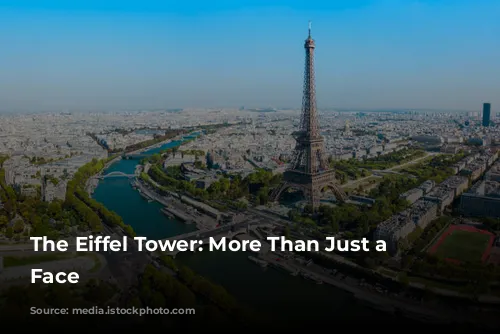
A Sky-High Apartment
Imagine living in the most famous tower in the world! Gustave Eiffel, the architect behind this Parisian marvel, built himself a luxurious apartment on the top level of the Eiffel Tower. This exclusive hideaway, complete with plush carpets, oil paintings, and even a grand piano, was only open to a select few, including the renowned scientist Thomas Edison. After Eiffel’s death in the 1920s, this extraordinary apartment lay dormant, forgotten by many. It wasn’t until 2015 that the public could finally peek inside this 950-foot-high sanctuary.
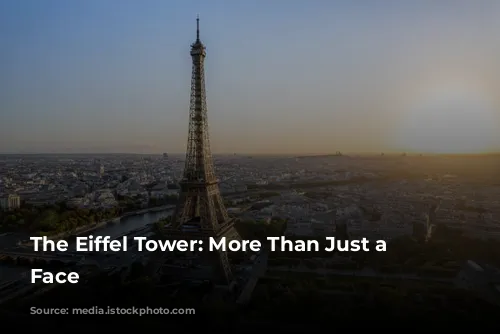
Science in the Clouds
What better place to observe the stars and weather than at the top of the Eiffel Tower? Eiffel recognized this and set up two small laboratories on the third level of the tower, where astronomers and meteorologists could conduct their research. Eiffel wasn’t just a spectator; he actively participated in scientific endeavors. To learn more about the physics of objects moving through air, he conducted experiments by dropping objects attached to cords from the second level of the tower (around 380 feet above ground) and observed how they fell.
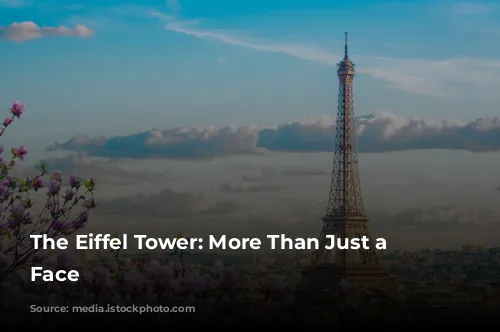
The Eiffel Tower Goes Green
The Eiffel Tower isn’t just about its history; it’s also about the future. In 2015, the Iron Lady received an eco-friendly makeover. The tower was equipped with two wind turbines installed on the second level, harnessing wind power to generate electricity for the tower’s restaurants and shops. Furthermore, a rainwater collection system was set up, channeling collected water to the tower’s toilets. This shows that the Eiffel Tower is embracing sustainability while maintaining its iconic status.

A World of Wonders
The Eiffel Tower made its grand debut at the 1889 World’s Fair. These international events, which originated in London, England, in 1851, served as platforms to showcase groundbreaking inventions, architectural marvels, and artistic expressions from across the globe. The World’s Fair, now known as an expo, has introduced many revolutionary technologies, including the Ferris wheel, the television, X-ray machines, and even the ice cream cone. These events continue to inspire and showcase the latest innovations, held every three years in a different city and country around the world.
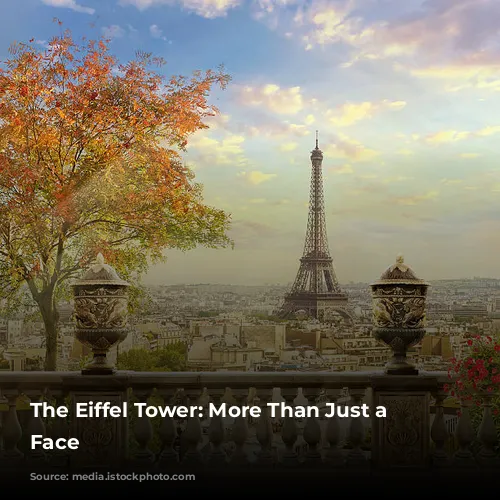
A Secret Agent’s Hideout
Who would have thought that the Eiffel Tower doubled as a secret agent? During World War I, the French military utilized the tower’s radio and telegraph center to communicate with ground troops and battleships, and even intercepted enemy messages. In 1916, the tower intercepted a message about a female spy known as Mata Hari. Using this captured information, the French military tracked down and apprehended the spy. The Eiffel Tower, a symbol of peace and beauty, played a critical role in wartime communications.
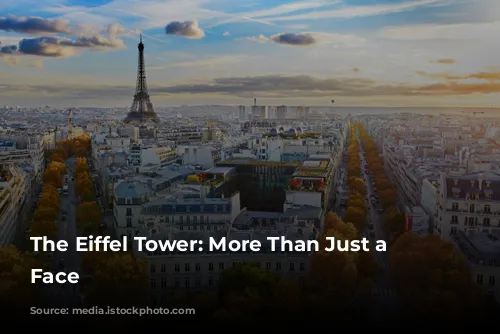
Daring Feats and Thrilling Performances
For some, the Eiffel Tower is about breathtaking views. Others, however, seek a more adventurous experience. In 1889, a daring individual walked up 704 steps of the tower…on stilts! In 1952, three fearless trapeze artists performed acrobatics 400 feet above ground, swinging from ropes with no safety net. And in 2010, an adrenaline junkie roller-skated down a 90-foot-tall ramp built beneath the tower’s first level, showcasing audacious performances against the iconic backdrop of the Eiffel Tower.
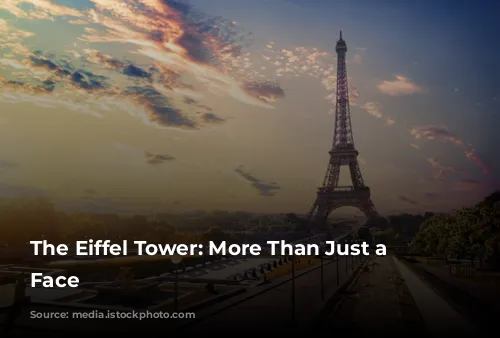
A Towering Transformation
The Eiffel Tower has had a vibrant and evolving history, reflected in its changing colors. The original structure was painted a deep red, later transformed to yellow in 1899. Around 50 years ago, the tower was coated in bronze paint. Today, the Eiffel Tower, which undergoes a paint job every few years, is adorned with almost 16,000 gallons of paint. This enduring monument continues to be transformed, capturing the spirit of its time, while remaining a timeless symbol of Paris and the world.
